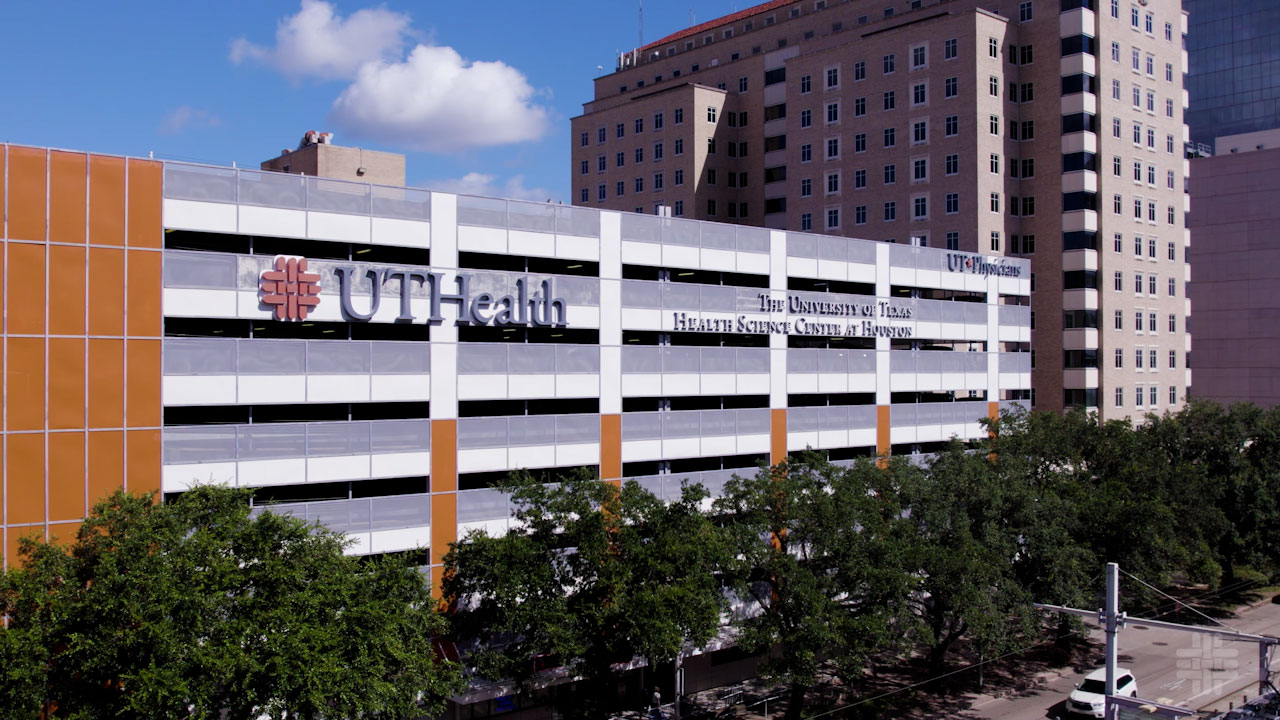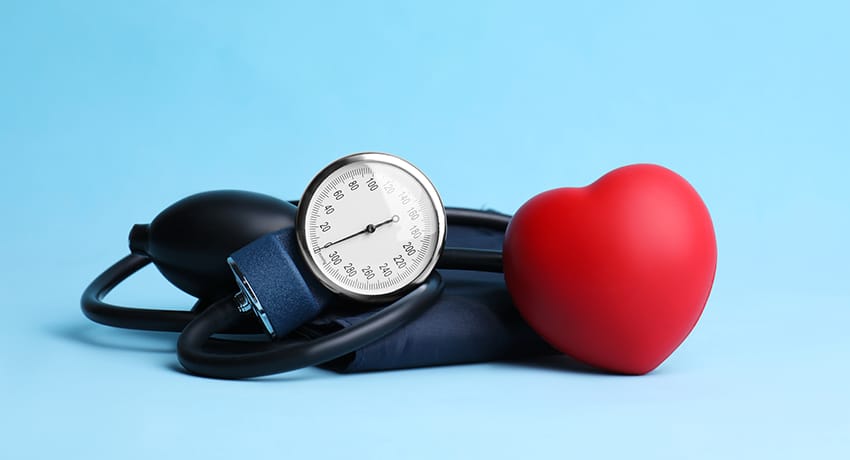Understanding your own blood pressure could mean the difference between life and death says Wafi Momin, DO, a cardiologist with UT Physicians.

Momin says blood pressure is akin to a canary in a coal mine – an early indicator of danger.
“The higher the blood pressure, the more at risk you are for cardiovascular disease, such as heart attack and stroke,” he said.
According to the Centers for Disease Control and Prevention, heart disease and stroke are the two leading causes of death for Americans.
And, tracking your blood pressure could catch a problem early.
What is blood pressure?
Blood pressure is measured with two numbers, systolic and diastolic blood pressures.
“The top number, called systolic, is the pressure inside your blood vessels with every heartbeat and the bottom number, diastolic, represents the blood pressure inside your blood vessels when your heart is relaxing,” said Momin, an assistant professor with McGovern Medical School at UTHealth Houston.
A healthy adult blood pressure range has a systolic blood pressure below 120 and a diastolic blood pressure below 80.
Common risk factors
Lifestyle choices like smoking, poor diet, and lack of exercise can lead to a greater risk of developing high blood pressure.
But he warns, even the healthiest human can have a predisposition to high blood pressure simply because of genetics.
“Just because you’re fit doesn’t mean you don’t need your blood pressure checked,” said Momin. “If you do not get regular physical exams at least once a year, you may not pick that up in time, and it can wreak havoc with your body. Sometimes, it causes end-organ damage such as heart disease, kidney disease, eye disease and worse off, heart attacks and strokes that are irreversible.”
He says beginning at age 30, adults need to know their blood pressure profile through an annual wellness screen with a primary care physician. He also recommends regular blood pressure checks at home for adults with risk factors.
How to check your blood pressure at home:
- Sit in a resting position for 10-15 minutes, before checking
- Keep both feet flat on the ground
- If checking your blood pressure daily, check it at the same time each day
If purchasing your own blood pressure cuff, Momin recommends one that attaches to your upper arm instead of your wrist.
“I’ve seen wrist cuffs become less precise,” he said.
He also recommends bringing your own blood pressure cuff to each doctor’s appointment to test it against the clinic’s device.
“A lot of times we can pick up on malfunctioning blood pressure cuffs by doing that,” said Momin.
And if you don’t wish to make a purchase, Momin says there are many blood pressure stalls and stations available for free at most large pharmacies and even some grocery stores.
“You can walk into an H-E-B or Walgreens and sit down and check your blood pressure,” he said. “I can’t stress enough that physical exams and screenings are highly important.”
If you need a primary care physician, view locations near you.


